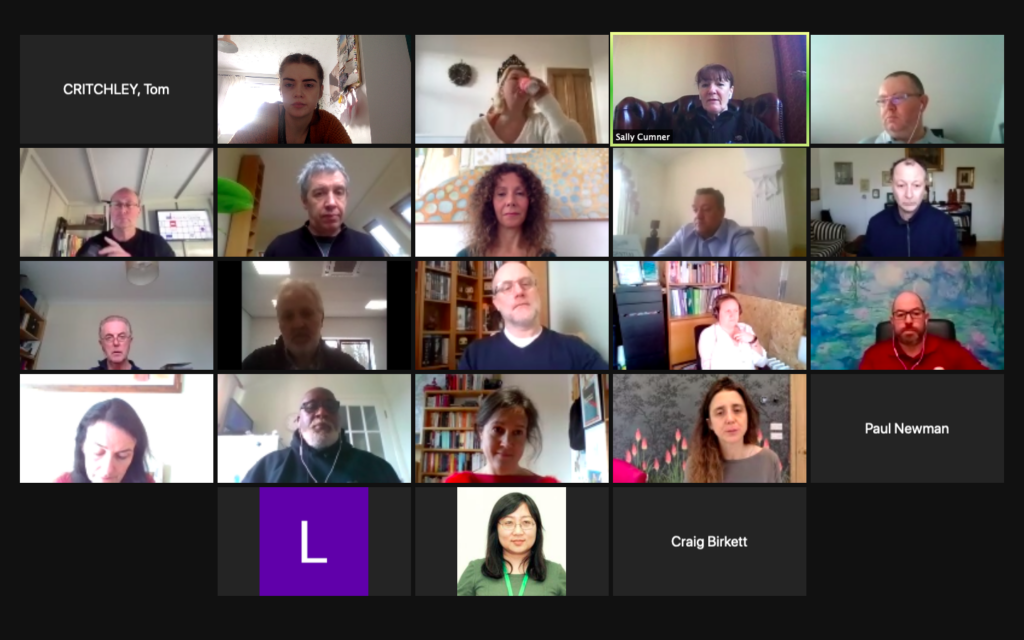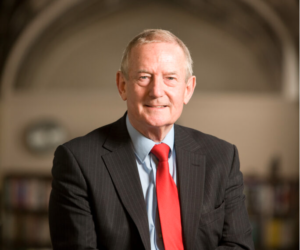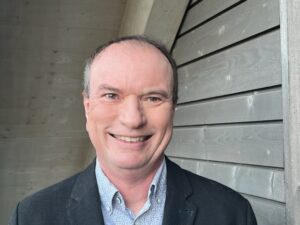Environmental photographer Sarah Stirk showcased her project ‘Airborne’, which transformed air pollution from an invisible issue to a real threat to children’s lives, and left the Education working party spellbound with ‘beautiful but terrifying’ imagery.
On 25 February Trewin Restorick, founder of Hubbub UK, chaired the well-attended Education working party meeting, with guest speaker Sarah Stirk, an environmental photographer.
Sarah Stirk presented on her ‘Airborne’ collection, which conveys a clear but difficult message on the effect of air pollution on public health.
Nearly 10,000 Londoners and 36,000 people UK wide die prematurely from air pollution, and accounts for the death of 1 in 10 children worldwide. Stirk is familiar with the feeling of not being able to breathe, having grown up as an asthmatic in London.
During her research into the issue of air quality, Stirk resonated with the simple fact that children are most vulnerable to air pollution. She pinpointed the four main pollutants: nitrogen oxide, nitrogen dioxide, carbon dioxide, and particulate matter.
Stirk described the process of creating ‘Airborne’. Firstly, she edited maps that depicted the highest levels of air pollution. She felt they paralleled the arteries of our city and the arteries of our children’s bodies.
Next, Stirk photographed the lichen that litters towns and cities everywhere, particularly near playgrounds, schools, and by busy roads, showcasing their vibrant colours. However, lichen is a biological indicator of pollution and illustrates the presence of nitrogen.
In an anonymised study where schoolchildren would inhale a saline solution through their lungs, to loosen up mucus, that they would then cough up. Stirk selected ad edited the resulting images of sputum in a petri dish from the study by Dr. Abigail Whitehouse, showing the devastating presence of black carbon. These are the only images of pollution that had been inside a child, and creates an abstract, almost beautiful microscopic reflection of one of the biggest global killers.
Finally, Stirk played with the seemingly invisible nature of air pollution by photography children themselves using infrared light. Visible light measures 400 – 700 nm while infrared goes down to 700-2000 nm, making the invisible visible and revealing first few layers of skin and sometimes veins.
‘The veins aesthetically mirrored the data maps showing the levels of air pollution in our capital. The photograph of the nine-year-old girl, in my mind, relates to Ella Kissi-Debrah. Air pollution can affect babies in the uterus, even before a child is born,’ Stirk commented.
It would not be an exaggeration to say that the (virtual) room of gathered academics and industry experts were spellbound. Project Airborne uses powerful art and image to illustrate a profound and serious issue that affects every human universally.
The session evoked many questions, including one from Jen Baughan who asked who the intended audience for the project was. To this, Stirk answered that the audience is broad, encompassing the general public, in particular parents who are unaware of how their children are affected by this invisible threat. Trewin Restorick compared it to David Attenborough’s campaign against plastics, which too was difficult to illustrate but successfully is creating change.
Nathan Wilson from Allison Transmission went on to comment: ‘Some people are much more visually receptive than auditory. ‘Airborne’ brings air pollution to life in a constructive way to highlight the destructive power of pollutants.’
Trewin Restorick went on to ask why Stirk had taken an abstract route over a more blatant direction, to which she explained that there are so many screens in our lives and felt we need something different to grab our attention. The direct emotional pull is overused and although Stirk initially took images of Ella Kissi-Debrah’s memorial, it just felt too invasive. She realised there was a need for something anonymous to represent all children, and moved towards abstract visuals as people are fatigued by pain and suffering.
Attendees ranged from organisations including the Tate Gallery, Global Action Plan, Southwark Council, Renault Trucks, Climate 22, City of London, Sefton Council, AirSafe, Solutions for the Planet, AECOM, Allision Transmission, and Skips Educational.
If you would like to be a part in our fight to tackle poor air quality, contact us today at [email protected].





One thought on “Environmental photographer addresses the invisible issue of air pollution by making it visible in ‘Airborne’”
Comments are closed.